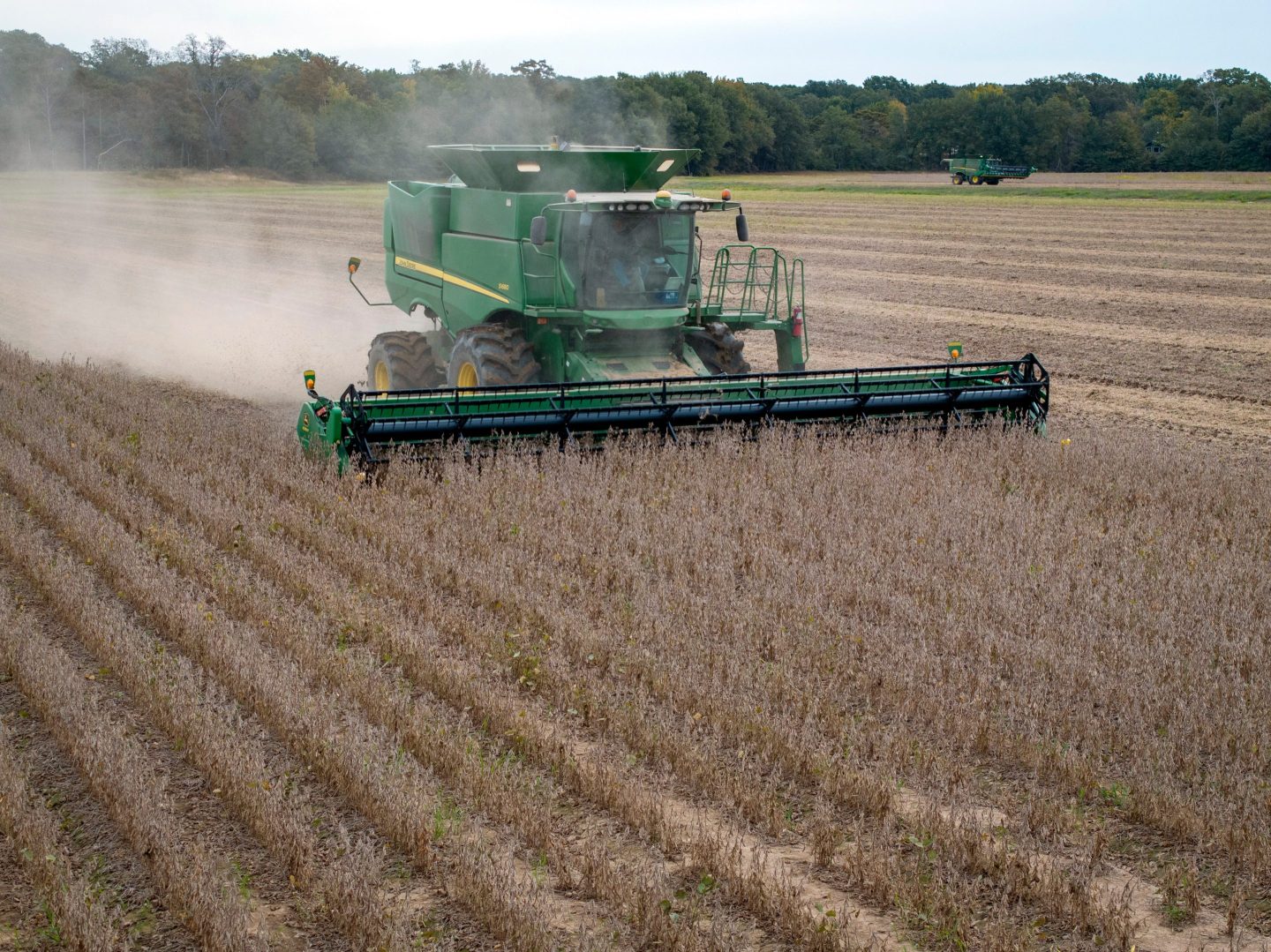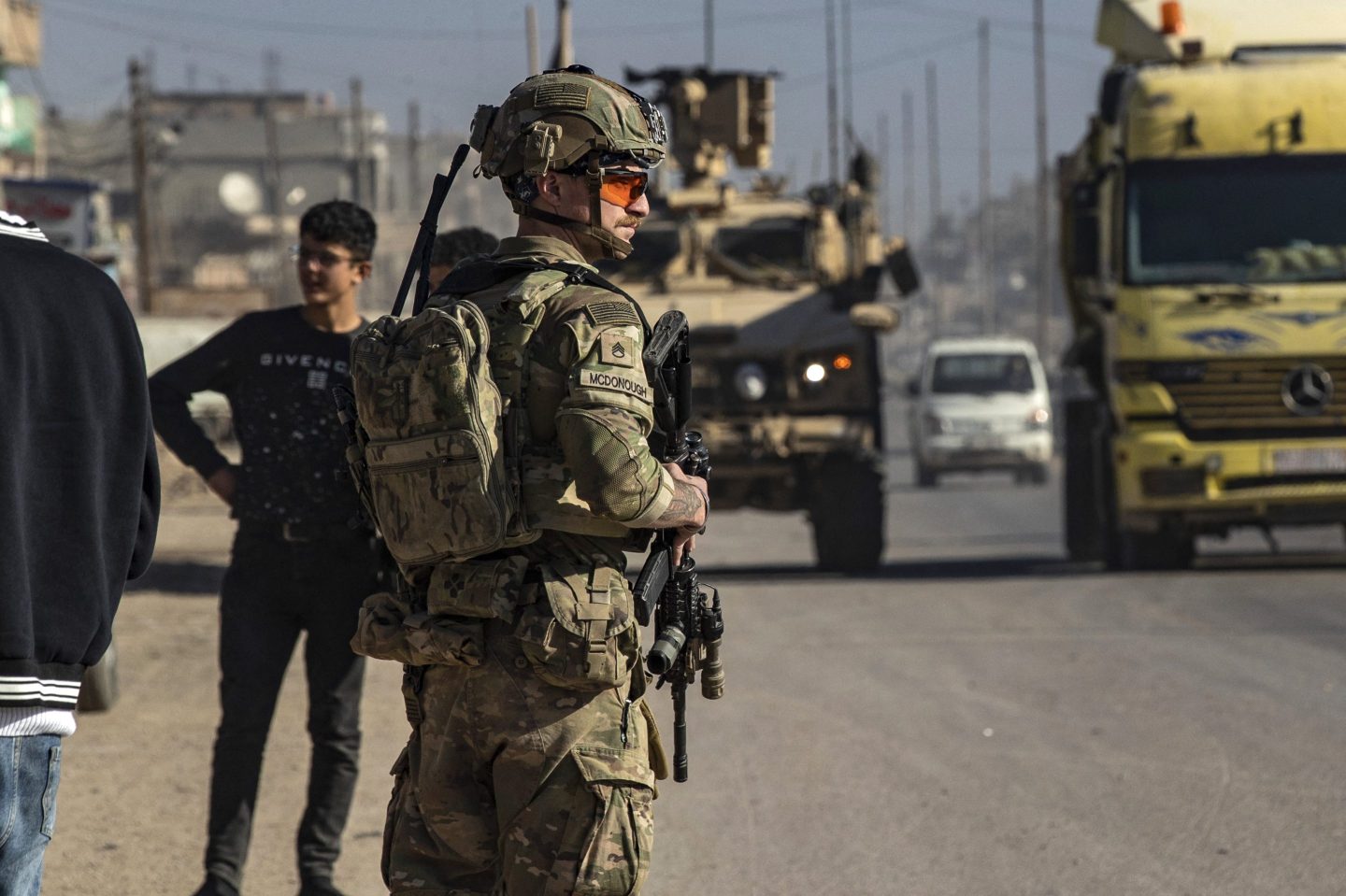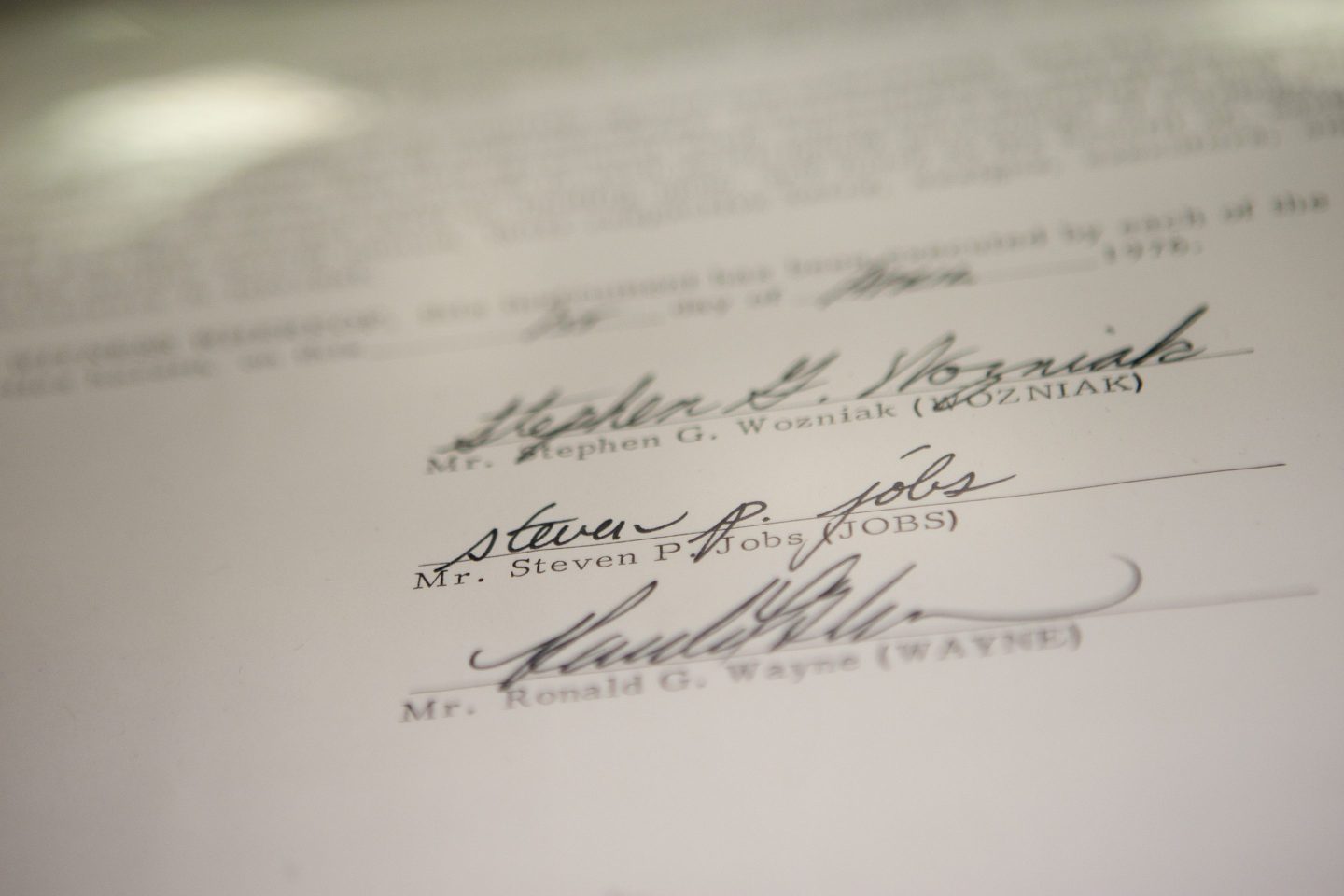Tropical Storm Barry is officially a named storm now—and it’s headed to Louisiana.
The National Hurricane Center upgraded the system to a tropical storm in its 11 a.m. update. At present, Barry has sustained winds of 40mph and is moving westward at 5 mph. This is the first tropical event of the 2019 hurricane season.
At present, Barry is well below the wind speed required for a hurricane classification (that’s 74mph), but it’s expected to reach that status before it hits the Louisiana coasts Saturday morning. Forecasters predict the eye of the storm will arrive around 7am that morning.
The timing couldn’t be worse for the state. Louisiana is already suffering flooding conditions after between six and nine inches of rain have fallen in areas around New Orleans in recent days. Barry is expected to bring another 10 to 18 inches, as it’s a slow moving storm that could result in heavy rains for long periods. Making matters more worrisome, the Mississippi River near New Orleans is forecast to crest at its highest level since 1927 this weekend.
A lot of New Orleans was underwater this morning (and a lot of it still is). Some people broke out kayaks, others were forced to abandon cars in another episode of flooding.
How things happened this morning: https://t.co/alFEYwA81z
See full thread of updates below this tweet ⤵️ pic.twitter.com/3bcZkKlLuh
— NOLA.com (@NOLAnews) July 10, 2019
'This is crazy': Water rushes into a building at Tulane University in New Orleans on Wednesday. Officials are asking residents to stay off the flooded streets. pic.twitter.com/nhpzkGkI1X
— ABC 33/40 News (@abc3340) July 10, 2019
It’s too early to predict how strong a storm Barry will be, but forecasters say a Category 1 is likely and it could become a Category 2. A flash flooding warning has already been issued in New Orleans.
So far, the 2019 hurricane season has been a slow one, something long-term forecasters predicted. Forecasters at Colorado State University said in April they anticipated the Atlantic would have “slightly below normal activity.”
Experts say they expect to see 13 named storms this year, with only two major hurricanes. There’s a 48% chance a major storm, either a Category 3, 4 or 5, will hit the east coast (though that’s less than the 52% average of the last century). Last year, there were 15 named storms, including two majorhurricanes.
More must-read stories from Fortune:
—Here’s when most economists think the next recession will happen
—Meet the A.I. landlord that’s building a single-family-home empire
—Doctors can now give out prescriptions for a visit to the museum
—This island escape is Italy’s best-kept secret
—Will Facebook’s Libra become the go-to payment system where banks fall short?
Subscribe to Fortune’s CEO Daily newsletter for the latest business news and analysis.












